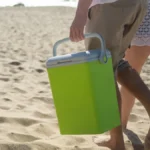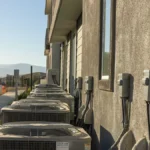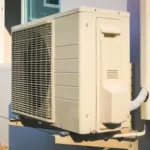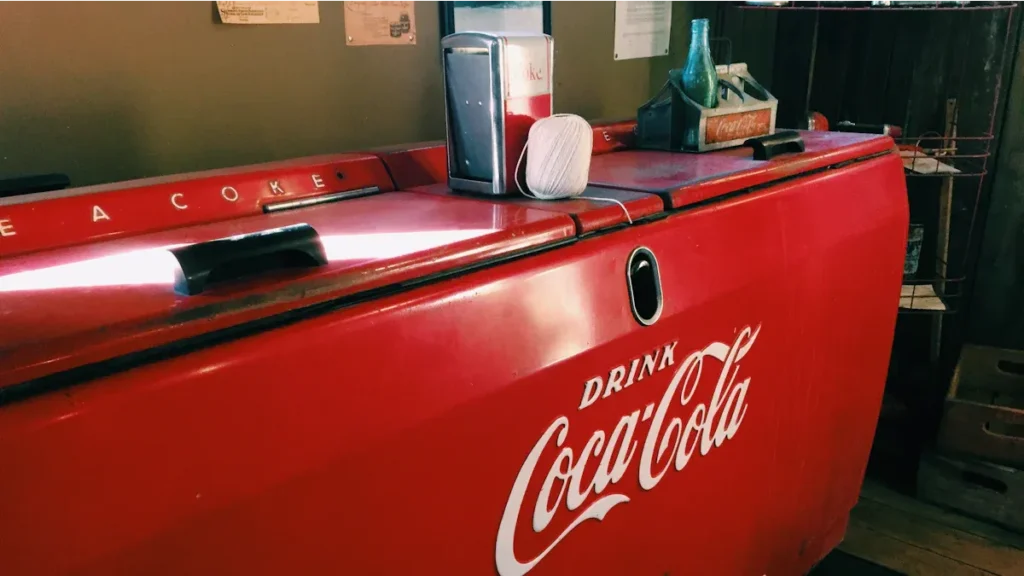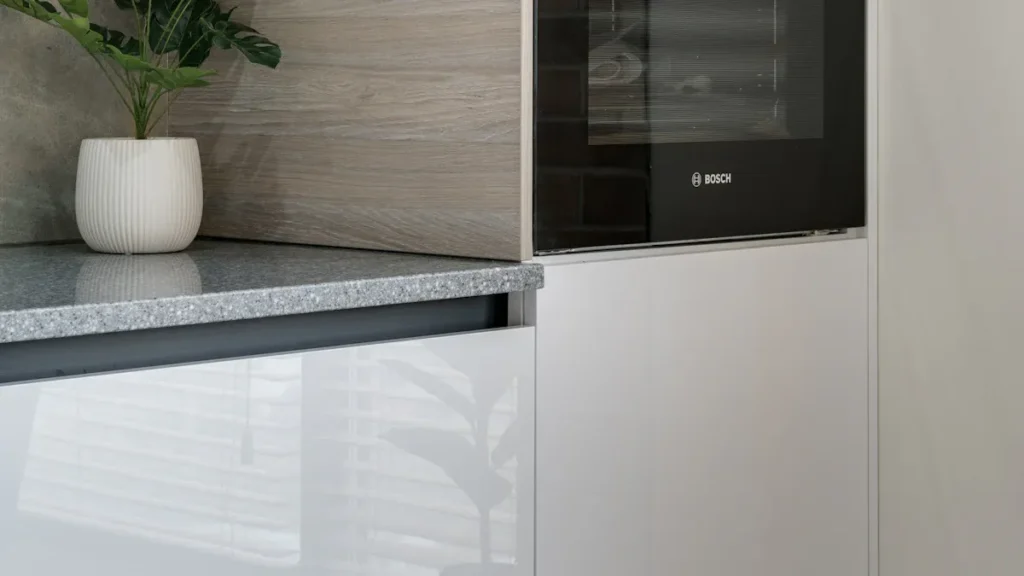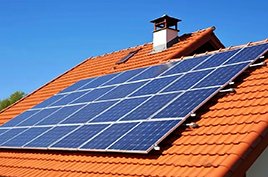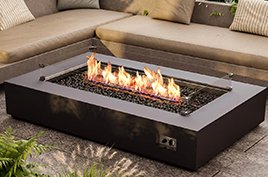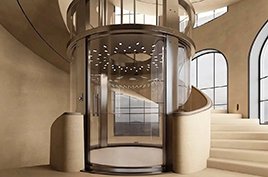If your air conditioning blows warm air, you may feel upset. Most times, you can fix this problem fast. Some common reasons for air conditioning blowing warm air include low refrigerant, dirty air filters, wrong thermostat settings, frozen coils, power problems, broken ductwork, blocked return vents, compressor issues, tripped breakers, or a clogged drain line.
Here are 7 reasons why your air conditioner blows warm air. Try these simple checks first. You might fix the problem without needing a technician.
Key Takeaways
Check your thermostat settings first. Ensure it is set to ‘Cool’ and the fan is on ‘Auto’ to avoid warm air.
Regularly change your air filter every 30 to 60 days. A clean filter improves airflow and prevents warm air from blowing.
Look for signs of refrigerant leaks, such as warm air from vents or ice on coils. Call a professional if you suspect a leak.
Keep both the evaporator and condenser coils clean. Dirty coils can cause your AC to work harder and blow warm air.
Inspect your ductwork for leaks and blockages. Proper airflow is crucial for your AC to function efficiently.
Reason 1: Thermostat Issues
Incorrect Settings
You might be surprised how often a simple thermostat setting causes your AC to blow warm air. Many people forget to check the basics. If your thermostat is set to “Heat” instead of “Cool,” your system will push out warm air. Sometimes, the fan setting can also make a difference. When you set the fan to “On,” it runs all the time, even when the AC is not cooling. This can make it feel like warm air is coming out.
Make sure your thermostat is set to “Cool.”
Set the fan to “Auto” so it only runs when cooling.
Double-check that the temperature is lower than the current room temperature.
Tip: Incorrect thermostat settings can cause the AC to run non-stop, which may lead to warm air if the thermostat misreads the room temperature. Temperature differences from wrong settings can also make your AC work poorly.
Malfunction
Sometimes, the problem is not with the settings but with the thermostat itself. A faulty thermostat can misread the temperature in your home. This can confuse your AC and cause it to blow warm air. Dirty electrical contacts or old batteries can also lead to problems.
Check if your thermostat needs new batteries.
Clean the thermostat gently if you see dust or dirt.
If your settings are correct but you still feel warm air, the thermostat might be broken.
Thermostat issues often cause big problems for air conditioning systems, especially during hot weather. A broken thermostat can mess up your indoor comfort and even raise your energy bills. Many AC failures start with a small thermostat problem, so always check this first before moving on to other fixes.
Reason 2: Air Filter
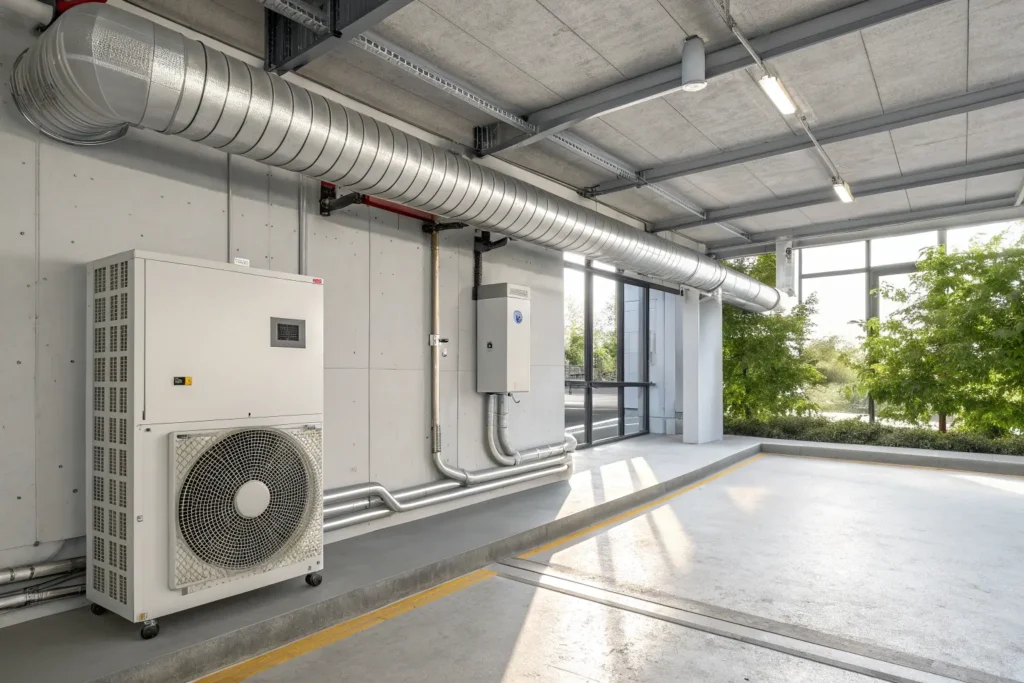
Dirty or Clogged
You might not think about your air filter often, but it plays a huge role in keeping your AC cool. When the filter gets dirty or clogged, your air conditioner struggles to push air through. This can make your system blow warm air instead of cool air.
Here’s what happens when you let your filter get clogged:
Your AC has to work harder because airflow drops.
You see higher energy bills since the system uses more electricity.
The blower motor can overheat, which may lead to breakdowns.
Ice can build up on the evaporator coils, stopping cold air.
The AC might turn on and off a lot, wearing out parts faster.
Impact Type | Description |
|---|---|
Reduced Airflow | A clogged filter restricts airflow, making your AC work harder. |
Increased Energy Consumption | The AC uses more energy to keep your home cool. |
Overheating of Components | The blower motor can overheat and stop working. |
System Freeze-ups | Ice forms on coils, so you only get warm air. |
Short Cycling | The AC starts and stops often, which can damage the system. |
You may notice your bills go up by 10%–15% after just a few months with a dirty filter. Sometimes, the AC runs 30% longer than it should. If you ignore the filter, you might even need emergency repairs.
Tip: Changing your air filter regularly keeps your AC running smoothly and helps you avoid costly problems.
How to Check
Checking your air filter is easy. You don’t need any special tools. Just follow these steps:
Listen for new noises from your AC. A struggling motor can mean a clogged filter.
Feel the airflow from your vents. Weak airflow is a sign of trouble.
Hold your filter up to a light. If you can’t see light through it, it’s time to change it.
Watch your energy bills. If they suddenly go up, your filter might be dirty.
Notice if your AC starts and stops a lot. This can mean low airflow.
Look for extra dust or more allergy symptoms in your home.
Most filters need changing every 30 to 60 days. Here’s a quick guide:
Change Frequency | |
|---|---|
Fiberglass filters | Every 30 days |
Pleated filters | Every 30–60 days |
Activated carbon filters | Every 90 days |
HEPA filters | Check compatibility |
Washable filters | Clean and reuse |
If you keep your filter clean, your AC will cool better, use less energy, and last longer. Don’t forget this simple step!
Reason 3: Refrigerant Leak
Low Levels
If your air conditioner starts blowing warm air, low refrigerant could be the reason. Refrigerant, sometimes called Freon, is the special fluid that helps your AC cool the air. When the level drops, your system cannot transfer heat well. You end up with warm or only slightly cool air coming from your vents.
Here’s what happens when refrigerant runs low:
The AC cannot absorb and release heat as it should.
Cooling takes much longer, or it might not happen at all.
You may notice your electricity bills go up because the system works harder.
Ice can build up on the refrigerant line or coils, making things worse.
If the problem continues, your AC might stop working completely.
Note: Low refrigerant does not just mean less cooling. It can also damage your AC’s compressor and other parts, leading to expensive repairs.
Signs to Spot
You do not need to be an expert to spot a refrigerant leak. Look for these signs around your home and AC unit:
Air from the vents feels warm or not as cool as before.
You hear hissing or bubbling sounds near the AC coils or refrigerant lines.
Ice or frost forms on the evaporator coils.
Your home feels more humid and sticky than usual.
You see oily spots or puddles around the outdoor unit.
Your energy bills suddenly jump up.
If you ignore a refrigerant leak, your AC will struggle to keep your home cool. Over time, this can lead to higher energy bills, compressor failure, and even health problems like headaches or breathing trouble—especially for kids, pets, or anyone with asthma.
Tip: If you notice any of these signs, turn off your AC and call a professional. Fixing a refrigerant leak is not a DIY job.
Reason 4: Dirty Coils
Evaporator Coil
Your evaporator coil sits inside your home, usually near the air handler. When this coil gets dirty, your AC can’t cool your house well. You might notice the air from your vents isn’t as cold as it should be. Sometimes, your AC runs longer but never reaches the temperature you set on the thermostat. Some rooms may even feel warmer than others.
Here’s what happens when your evaporator coil gets dirty:
Your AC has to work harder to cool your home.
You see higher energy bills because the system uses more power.
The heat transfer process slows down, so your AC runs longer cycles.
Ice can build up on the coil, which blocks airflow and can damage the compressor.
If the coil freezes, your AC might stop working until it thaws.
Tip: Clean your evaporator coil once or twice a year. If you have pets or live in a dusty area, clean it more often. Regular cleaning keeps your AC running smoothly and helps you avoid big repair bills.
Condenser Coil
The condenser coil sits outside your house. It releases the heat your AC pulls from inside. Dirt, grass, and leaves can build up on this coil, making it hard for your AC to get rid of heat. When this happens, your system works overtime and uses more energy.
To keep your condenser coil clean and your AC running well, follow these steps:
Clean the coil at least once a year, especially before summer.
Use a coil brush, coil cleaner, and a shop vacuum to remove dirt and debris.
Avoid harsh chemicals—stick to non-toxic cleaners.
Always wear gloves and eye protection when cleaning.
Follow your AC manufacturer’s instructions to avoid problems with your warranty.
If you use your AC a lot or live in a dusty place, clean the coil every three months.
Condition | |
|---|---|
Normal household | Once per year |
Pets or allergies | Twice per year |
Dusty environment or construction nearby | Twice per year |
High humidity areas | Twice per year |
Poor airflow or dirty filter history | Every 6 months |
Keeping both coils clean helps your AC cool better, saves you money, and keeps your home comfortable all summer long.
Reason 5: Ductwork Problems
Air Leaks
Most people do not think about ductwork much. But it is very important for keeping your house cool. If there are leaks in the ducts, cold air cannot reach your rooms. The cool air escapes through holes or loose parts. This means warm air comes out of your vents, even if your AC is working hard.
Leaks can happen for many reasons. Sometimes, the ducts were not put in right. Over time, normal use can wear them out. Ducts can also get damaged by things hitting them. When your house settles, it can pull ducts apart and make gaps. Hot and cold weather can make metal ducts change shape. This can break the seals and joints. Even small shifts in your home can cause leaks you cannot see.
You might have leaky ducts if you notice these things: Some rooms feel much hotter or colder than others. You see rips or loose parts on the ducts. Your energy bills keep going up, even if you use the AC the same way.
If you see these signs, your ducts might be leaking. Fixing leaks helps your AC cool better and saves you money.
Poor Circulation
Bad air flow in your ducts can make your AC blow warm air. If vents are blocked or closed, cool air cannot move around your house. You might feel cold spots or drafts. Some rooms may never feel comfortable. Warm air from your AC during summer means there is an airflow problem.
When air cannot move right, it can cause pressure problems. This makes your AC work harder and can hurt your HVAC system. You might hear odd sounds or feel different temperatures in each room.
Want to check for duct problems? Here are some ways experts look for issues:
Method | Description | Benefits |
|---|---|---|
Airflow Testing | Measures air volume in ducts | Finds blockages and leaks |
Smoke Testing | Uses non-toxic smoke to spot leaks | Improves air quality and lowers energy costs |
Thermographic Analysis | Spots temperature differences with thermal imaging | Detects minor issues early |
Robotic Inspection | Robots inspect inside ducts | Thorough checks and less downtime |
Pressure Testing | Checks pressure differences to find weaknesses | Ensures duct integrity |
Checking and cleaning your ducts often keeps them working well. If you think you have leaks or bad airflow, call a pro to check your ducts.
Reason 6: Frozen Coils
Causes
Frozen coils can make your air conditioner blow warm air, and you might not even notice until your house feels stuffy. Several things can cause this problem. Here’s what you should look out for:
Restricted Airflow: Blocked vents, dirty filters, or a broken blower can stop air from moving. When air can’t flow, the coil gets too cold and freezes.
Low Refrigerant Levels: If your AC has a leak, the pressure drops. This makes the coil freeze up fast.
Thermostat Set Too Low: Setting your thermostat way down, especially on humid days, can make the coil freeze.
Dirty Evaporator Coil: Dust and dirt on the coil act like a blanket. The coil can’t absorb heat, so it gets icy.
Oversized or Undersized AC Unit: If your AC is too big or too small for your space, it cycles wrong. This can lead to freezing.
Faulty Fan or Motor: If the fan stops working, air can’t move over the coil. The coil gets cold and freezes.
High Humidity Levels: Lots of moisture in the air can turn into ice on the coil.
Tip: If you see ice on your AC or notice weak airflow, you probably have frozen coils. Fixing the cause early can save you from bigger problems.
Thawing Steps
You can thaw frozen coils at home with a few simple steps. Don’t worry—you don’t need special tools.
Turn Off the AC: Switch your thermostat from “Cool” to “Off.” This stops more ice from forming.
Set the Fan to ON: Let the fan run. Warm air will help melt the ice faster.
Wait for the Ice to Melt: Be patient. Let the ice thaw on its own. Don’t try to chip it away, or you could damage the coil.
Check and Replace the Air Filter: A dirty filter can cause freezing. Put in a clean one if needed.
Look for Blocked Vents: Make sure nothing is blocking your vents or returns.
Call a Professional if Needed: If the coil keeps freezing, you might have a bigger problem, like a refrigerant leak.
Note: Never use sharp objects to remove ice. Letting the coil thaw naturally keeps your AC safe and working longer.
Reason 7: Blocked Vents
Obstructions
Blocked vents are a sneaky cause of air conditioning blowing warm air. You might not notice right away, but even a small blockage can mess up your whole system. When vents get blocked, your AC has to work much harder to push air through your home. This extra effort can make your system less efficient and even lead to more repairs down the road.
Common things that block vents include:
Dust buildup inside the vent covers
Damaged or clogged air filters
Debris like pet hair, toys, or even paper
When vents are blocked, you might feel uneven temperatures in different rooms. Some spots may feel too hot, while others stay cool. Closed or blocked vents can also throw off the airflow pattern in your house. Hot air rises, so if airflow gets restricted, you’ll notice big temperature differences between floors.
Keeping vents clear helps your AC run smoothly and keeps your home comfortable.
Clearing Vents
You can fix blocked vents with a few simple steps. Start by checking each vent in your home. Make sure nothing is covering them—no furniture, rugs, or curtains. Move anything that blocks the airflow. Next, look inside the vents for dust or debris. Use a vacuum or a soft brush to clean them out.
Here’s a quick checklist to help you clear your vents:
Change your air filters regularly to keep airflow strong.
Check that all vents are open and not blocked by furniture or drapes.
Clean vent covers and the area around them.
If you notice a lot of dust or can’t reach inside, consider calling a professional to clean your ducts.
When you keep vents clear, you help prevent air conditioning blowing warm air. You also lower your energy bills and avoid extra wear on your AC. Regular vent checks make a big difference in comfort and system health. 😊
Outdoor Unit
Power Issues
Your outdoor unit is the heart of your AC system. If it loses power, you will notice your air conditioning blowing warm air almost right away. Sometimes, the problem is as simple as a tripped breaker or a loose plug. Other times, electrical parts inside the unit cause trouble. Issues with contactors or capacitors can stop your outdoor unit from running. When this happens, your AC cannot cool your home.
Here are some signs that power issues might be the cause:
Weak or warm airflow from your vents
Strange noises coming from the outdoor unit
Unusual smells, like something burning or electrical
The AC runs but only blows warm air
The system takes longer to cool or never reaches the set temperature
If you notice these warning signs, check your breaker box first. If everything looks fine but the problem continues, call a professional. Electrical repairs can be dangerous.
Dirt or Debris
Dirt and debris can cause big problems for your outdoor unit. When leaves, grass, or dust build up around the coils, your AC cannot get rid of heat. This makes your system work harder and can lead to air conditioning blowing warm air.
Here’s what happens when dirt or debris collects on your outdoor unit:
Dirt forms a layer that traps heat, making it hard for your AC to cool.
Airflow gets blocked, so the coil cannot release heat well.
Your AC uses more energy and your bills go up.
You might also notice:
The outdoor fan sounds louder than usual
The unit feels hot to the touch
Cooling takes longer, or the AC runs all day
Regular cleaning helps your AC last longer and keeps your home cool. Clear away leaves, grass, and dirt from around the unit. If you see a lot of buildup or hear odd noises, schedule a maintenance check.
A clean and powered outdoor unit is key to a cool and comfortable home. Don’t let small problems turn into big repairs!
Troubleshooting Checklist
Ready to figure out why your air conditioning blowing warm air? Here’s a step-by-step checklist you can follow before picking up the phone for help. You don’t need fancy tools—just a little patience and a keen eye.
Check Your Thermostat Settings
Make sure your unit is set to cooling mode.
Switch to auto mode so the fan only runs when cooling.
Replace the batteries if your thermostat uses them.
Inspect Your Air Filter
Pull out the filter and hold it up to the light. If you can’t see through it, swap it for a new one.
Listen for strange noises or weak airflow. These can mean your filter is clogged.
Look for Obvious Issues
Walk around your home and check every vent. Move furniture, rugs, or curtains that block airflow.
Peek inside vents for dust or debris. Use a vacuum or brush to clean them.
Check the Outdoor Unit
Make sure the unit has power. Look for tripped breakers or loose plugs.
Clear away leaves, grass, and dirt from around the unit.
Spot Signs of Bigger Problems
Notice ice on coils, hissing sounds, or water leaks? These can mean low refrigerant or duct leaks.
If you smell burning or see mold, stop and call a professional.
If you’ve tried these steps and your air conditioning blowing warm air problem won’t go away. It’s time to call a licensed HVAC technician. Don’t risk your safety or damage your system by trying to fix complicated issues yourself. If your AC keeps cycling on and off, you see water leaks, or you notice persistent odors, get expert help right away.
A quick check can save you time and money. Most problems are easy to spot and fix, but some need a pro’s touch. Stay safe and keep your cool!
You can fix many AC problems by yourself if you try. Do these things before you call for help:
Homeowners can handle clogged filters on their own.
Some problems, like refrigerant leaks or electrical trouble, need a pro.
Doing regular maintenance stops many AC issues from happening.
If your AC still blows warm air after these steps, call a licensed HVAC technician. Most problems are simple to fix, but some need an expert. Stay cool and don’t worry! 😊
FAQ
Why does my AC blow warm air after changing the filter?
Sometimes, dust stays inside the system even after you change the filter. You might need to clean the coils or check the thermostat settings. If warm air continues, call a technician.
Can I fix a refrigerant leak myself?
No, you should not try to fix a refrigerant leak. Only licensed professionals can handle refrigerant safely. You risk damaging your AC or harming yourself if you try.
How often should I clean my AC vents?
You should clean your AC vents every three months. Dust and debris build up fast. Regular cleaning helps your system work better and keeps your air fresh.
What should I do if my outdoor unit makes strange noises?
Turn off your AC and check for leaves or sticks around the unit. If the noise does not stop, call a professional. Strange sounds can mean a bigger problem.
Is it normal for my AC to run longer on hot days?
Yes, your AC works harder when it is very hot outside. If it never cools your home or blows warm air, check your filter and thermostat. You may need a technician if problems continue.

